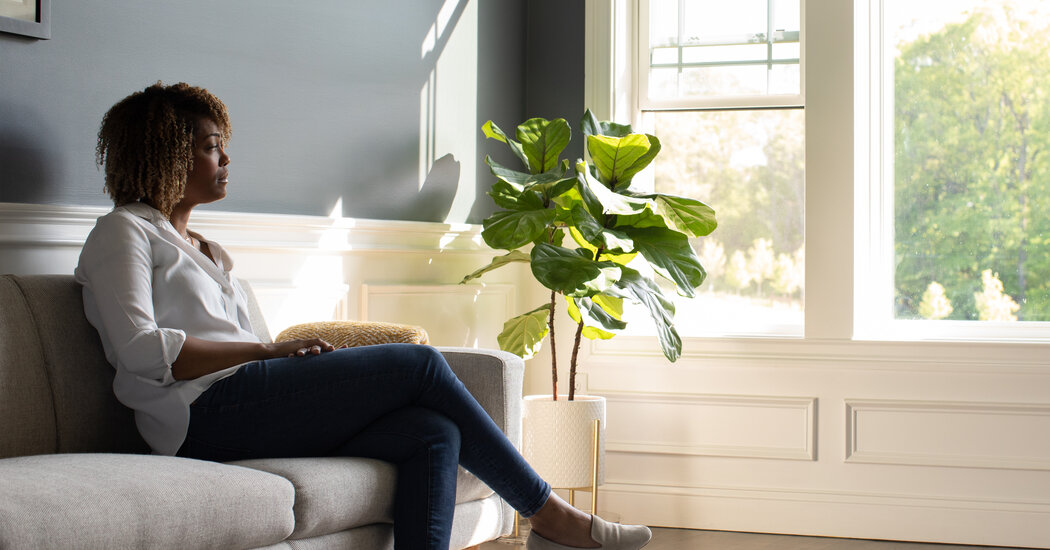This article is also a weekly newsletter. Sign up for Race/Related here.
“It’s almost paranoia, a paranoia that there’s no safe place,” said Thomas Mayes, a 70-year-old pastor from Aurora, Colorado, reacting to police brutality against Black people.
When police officers injure or kill someone, the psychological effects can stretch beyond those who are directly involved. As video footage spreads, viewers may see themselves or loved ones reflected in the victim.
In a 2021 study of emergency room data from hospitals in five states, researchers found a correlation between police killings of unarmed Black people and a rise in the number of depression-related E.R. visits among Black people. A 2018 study found that Black people who were exposed to news about police shootings in the states where they lived reported adverse mental health effects for up to three months after the shootings.
The research leads to a question: What is the personal impact behind these statistics?
To answer that, The New York Times spoke to 110 Black people of varying generations and socioeconomic groups in 20 American cities. My colleague and reporting partner Patia Braithwaite and I combed through the interviews, hearing from people whose experiences ranged in intensity from numbness to panic attacks. Some people said they did not have the time or resources to address their emotions. Many were unsure of how to process this unique set of repeated circumstances.
We also teamed with Morning Consult, a polling company, to survey more than 1,500 Black Americans about whether exposure to police brutality had affected their lives or their mental state.
The people included in our article, “The Toll of Police Violence on Black People’s Mental Health,” make up only a small portion of the many who shared their stories.
This four-month process of reporting and editing took its own emotional toll on Patia and me. We stepped away when the stories began to weigh heavily on us, but remained motivated to dive back in soon afterward. It was important to us to make sure that everyone who took part was heard and given the attention they deserved, and for us to provide a balanced report.
We chose to narrate these stories using intimate portraiture. That allows you to see who these words are coming from, and we hope, interpret the world from their perspective, even if only for a moment.
The photographer Cornell Watson’s black and white photo illustrations provide evocative representations of the statistics. The people’s faces bring these vulnerable accounts to life and connect you to the human being behind them.
The reality of police brutality is not new, so we wanted to focus on the emotional and psychological ripple effects of these incidents and explore how people who feel those effects cope while living their lives.
We hope you’re left with a deeper understanding of the lasting impact, beyond the headlines and video images.
Read the full story →
Invite your friends.
Invite someone to subscribe to the Race/Related newsletter. Or email your thoughts and suggestions to racerelated@nytimes.com.

